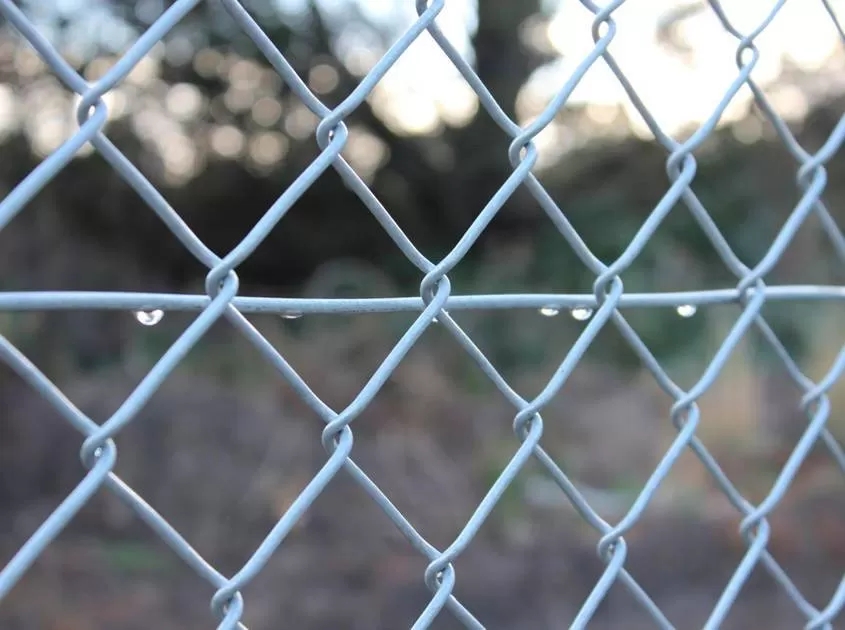
- Mobile Phone
- +8613931874955
- sales@cntcmetal.com
Affordable Prices for Compression Springs to Meet Your Industrial and DIY Needs
Understanding Compression Spring Prices A Comprehensive Guide
Compression springs are vital components in countless mechanical devices, providing the necessary force to counteract loads, store energy, and enable movement. From automotive applications to household appliances, these springs play a crucial role in ensuring functionality and safety. When it comes to purchasing compression springs, pricing can vary significantly based on a multitude of factors. This article delves into the aspects influencing compression spring prices, helping buyers understand the market better.
Key Factors Influencing Compression Spring Prices
1. Material Composition The material used to manufacture compression springs is one of the primary determinants of price. Springs are typically made from steel alloys, stainless steel, or specialized materials like titanium or Inconel. While stainless steel offers durability and corrosion resistance, it tends to be more expensive than traditional carbon steel. On the other hand, high-performance materials designed for extreme conditions can further elevate the cost. Buyers should assess their specific needs to balance cost and performance.
2. Spring Specifications The size, diameter, and coil count of the compression spring play significant roles in pricing. Custom springs, which require precise engineering and manufacturing processes, can be more costly than standard off-the-shelf options. Similarly, larger springs necessitate more material and may require specialized machinery for production, driving up costs. When requesting quotes, it is essential to specify the dimensions and intended load-bearing capacity to obtain accurate pricing.
3. Manufacturing Process The method used to produce compression springs affects their price. Common manufacturing techniques include cold winding and hot winding. Cold wound springs are often more economical for standard sizes and materials. In contrast, hot wound springs, which are typically used for larger or more complex designs, may incur additional costs due to the energy-intensive processes involved. Buyers should consider the trade-off between production methods and desired spring characteristics.
compression spring price

4. Quantity Ordered Bulk orders can substantially lower the cost per unit of compression springs. Manufacturers often offer discounts for large orders, as this reduces setup time and costs associated with production runs. Conversely, ordering small quantities may result in higher prices, as the per-unit production cost increases. Companies should carefully consider their inventory needs and budget constraints when deciding on order size.
5. Customization and Engineering Customized compression springs that require specialized design or engineering services can significantly increase costs. If a client needs a spring designed for a particular application or with unique performance characteristics, this addition to the production process can affect the overall price. Collaborating closely with suppliers and providing detailed specifications can help streamline this process and potentially mitigate excessive costs.
6. Supplier Characteristics The reputation, location, and services offered by the supplier also impact pricing. Well-established manufacturers with a strong track record may charge more for their products, reflecting their quality and reliability. Additionally, suppliers located in regions with higher labor or overhead costs may pass these expenses on to customers. It is often beneficial to compare prices from multiple suppliers, considering not just the cost but also the quality and service aspects.
Conclusion
Understanding the pricing of compression springs involves more than just comparing numbers; it requires a comprehensive evaluation of material, specifications, manufacturing processes, order quantities, customization, and supplier factors. By being informed about these elements, buyers can make better purchasing decisions that align with their mechanical needs and budget constraints. Furthermore, collaborating with knowledgeable suppliers can enhance the overall experience, ensuring that the selected compression springs meet performance requirements while remaining economically viable. As the market evolves, staying aware of trends and innovations in spring technology will also help businesses optimize their choices.
share:
-
Your Source for Concrete Wall Ties and Masonry AccessoriesNewsJul.10,2025
-
Unlocking the Power of Iron Wire for Every ProjectNewsJul.10,2025
-
Explore Advanced Chain Wire and Stainless Steel Mesh FencingNewsJul.10,2025
-
Discover the Benefits of Annealed Wire ProductsNewsJul.10,2025
-
Discover China Stainless Steel Wire Mesh SolutionsNewsJul.10,2025
-
Build with Confidence Using High-Performance Masonry AccessoriesNewsJul.10,2025
-
Why Sacrificial Formwork Is Redefining Underground ConstructionNewsJun.06,2025



















